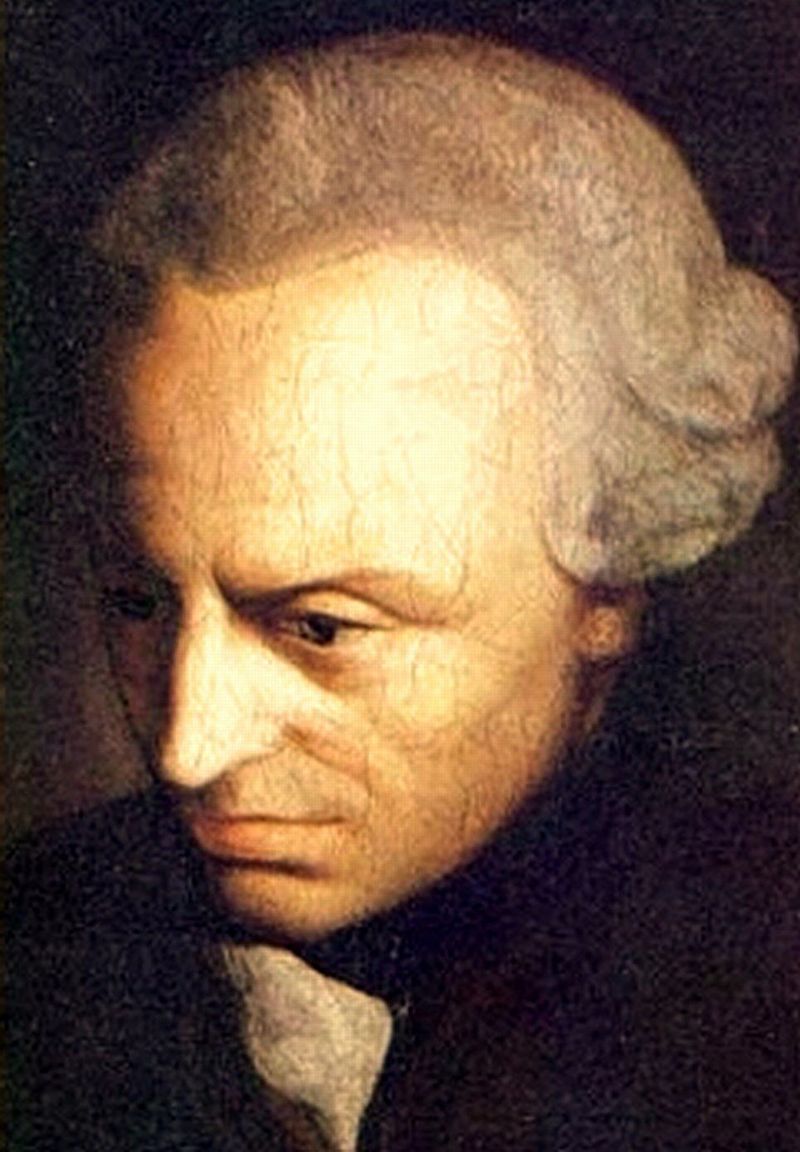Key Takeaways
- Idealism is an approach to philosophy in which the reality is believed to be mentally constructed.
- Naturalism is an approach to philosophy that highlights the governance of the world through natural forces.
- The key difference between idealism and naturalism is that while idealism focuses on a mentally constructed state of entities, naturalism focuses on the existing reality of entities that are governed by natural forces.
What is Idealism?
Idealism is a philosophical approach in which reality is considered to be mentally constructed as opposed to what actually exists. This means that for idealists, the most significant aspect is not the real version of a particular entity, but its mentally constructed version. As a result, idealists emphasize how things should be rather than how they are. They focus on concepts, ideas, beliefs, and values, with the belief that the mind is at the center of all entities. Some famous idealists include Immanuel Kant, Arthur Schopenhauer, G. W. F. Hegel, James Jeans, Johann Fichte, George Berkeley, and Friedrich Schelling. There are many subcategories within idealism, such as classical idealism, objective idealism, subjective idealism, metaphysical idealism, epistemological idealism, absolute idealism, practical idealism, and actual idealism. The influence of idealism can be seen across various disciplines, including education, where teachers educate children on universal concepts.
What is Naturalism?
Naturalism is a philosophical approach that emphasizes the governance of the world through natural forces. Naturalists believe that changes in the world result from the interplay of these forces and reject the idea that the world is governed by supernatural forces. One of the main differences between idealism and naturalism is that while naturalism focuses more on the material, idealism focuses on the immaterial. Naturalists believe that scientific methodology should be used to understand and investigate reality. Key figures in naturalism include Roy Sellars, John Dewey, Sidney Hook, Paul de Vries, Robert T. Pennock, and Ernest Nagel. There are various branches of naturalism, such as methodological naturalism, metaphysical naturalism, humanistic naturalism, ethical naturalism, and sociological naturalism.
What is the difference between Idealism and Naturalism?
The primary difference between idealism and naturalism lies in their approach to reality. Idealism believes that reality is mentally constructed, whereas naturalism emphasizes the governance of the world through natural forces. Key figures in idealism include Immanuel Kant, Arthur Schopenhauer, G. W. F. Hegel, James Jeans, Johann Fichte, George Berkeley, and Friedrich Schelling, while key figures in naturalism include Roy Sellars, John Dewey, Sidney Hook, Paul de Vries, Robert T. Pennock, and Ernest Nagel. Idealism focuses on the idealistic state of entities, meaning that idealists are more concerned with how entities should be rather than how they are. In contrast, naturalism focuses on the reality of entities. There are several branches of both idealism and naturalism, each with its own unique characteristics and focus.
